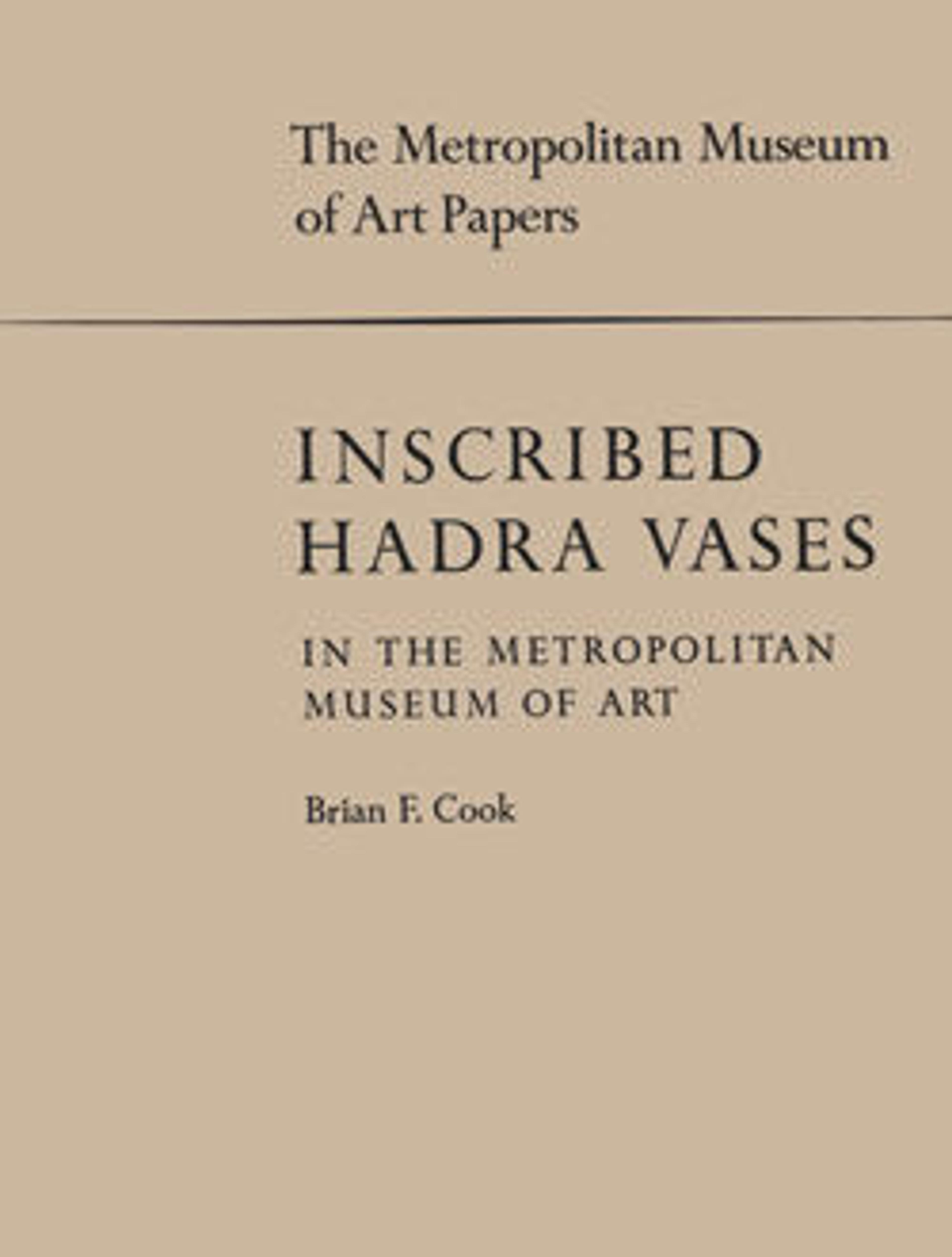Terracotta Hadra hydria (water jar)
Many of the hydriai of this type were produced in Crete and exported to other parts of the Mediterranean and Black Sea. They have been found in large numbers at Hadra, one of the ancient cemeteries of Alexandria in Egypt. This vase was probably also found there since it bears traces of an inscription that was added when it was used as a cinerary urn.
Artwork Details
- Title: Terracotta Hadra hydria (water jar)
- Period: Hellenistic
- Date: ca. 220 BCE
- Culture: Greek, Ptolemaic, Cretan
- Medium: Terracotta
- Dimensions: Height: 15 1/2 in. (39.4 cm)
Diameter: 9 1/4 in. (23.5 cm)
alien part removed: 4 1/8 × 6 7/8 in. (10.5 × 17.5 cm)
Diam. of rim: 5 15/16 in. (15.1 cm) - Classification: Vases
- Credit Line: Purchase, 1890
- Object Number: 90.9.10
- Curatorial Department: Greek and Roman Art
More Artwork
Research Resources
The Met provides unparalleled resources for research and welcomes an international community of students and scholars. The Met's Open Access API is where creators and researchers can connect to the The Met collection. Open Access data and public domain images are available for unrestricted commercial and noncommercial use without permission or fee.
To request images under copyright and other restrictions, please use this Image Request form.
Feedback
We continue to research and examine historical and cultural context for objects in The Met collection. If you have comments or questions about this object record, please contact us using the form below. The Museum looks forward to receiving your comments.
